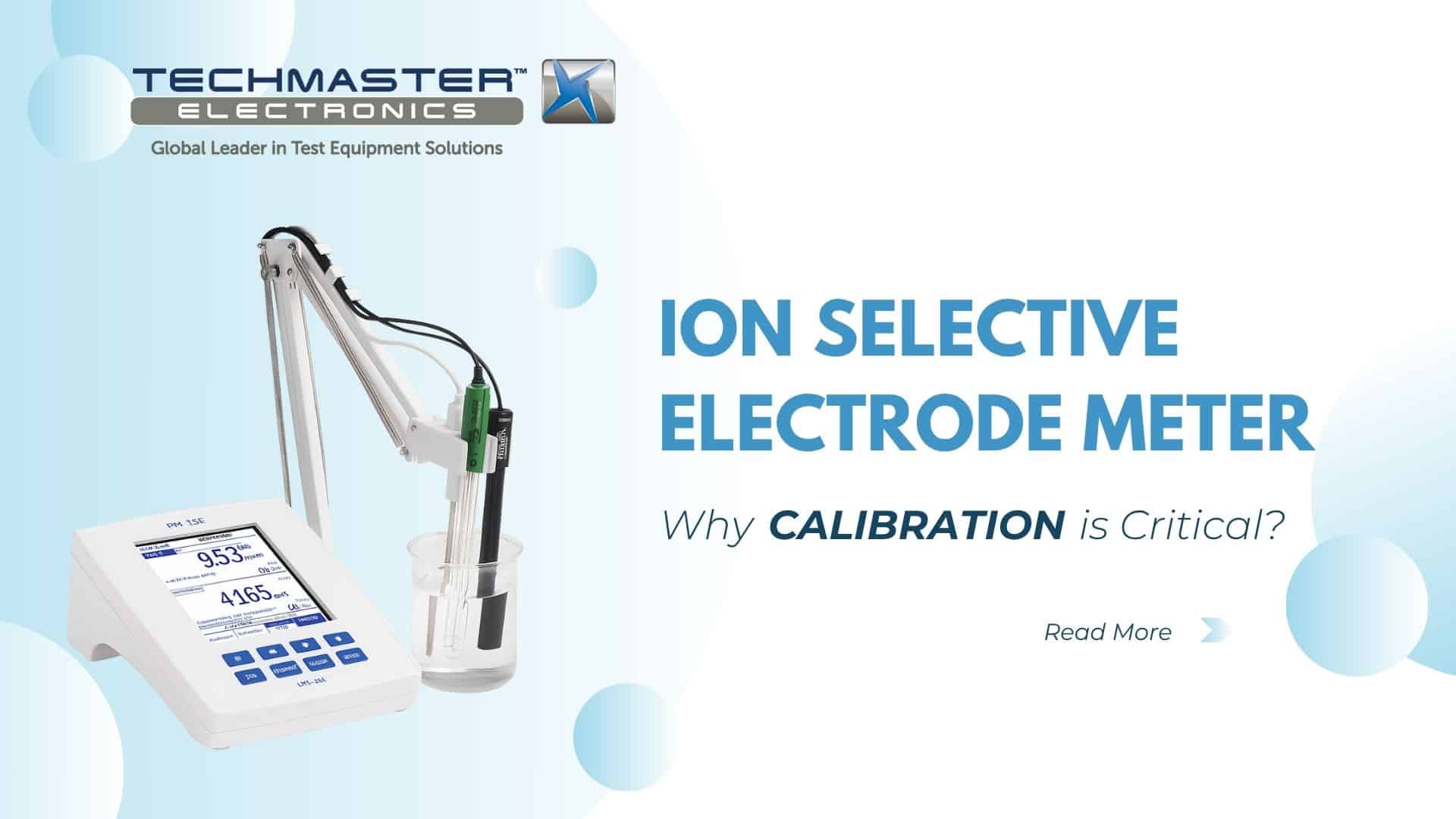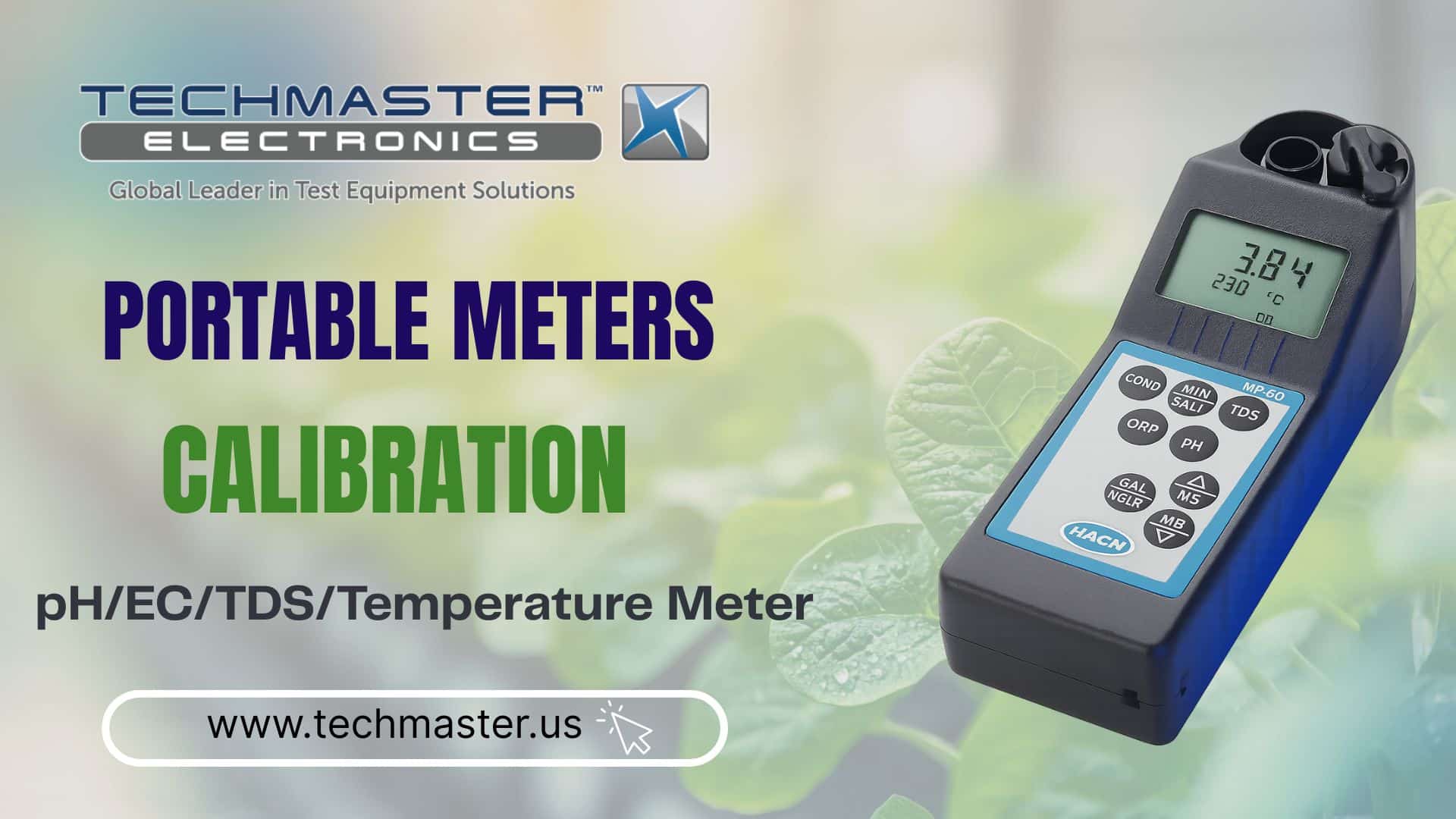In high-risk industries like oil & gas, manufacturing, and confined space entry, accurate gas detection isn’t optional—it’s life-saving. Multi-Gas Monitor Calibration Services are critical to ensure these devices detect hazardous gases accurately, preventing exposure, downtime, or regulatory violations. Techmaster’s ISO 17025-accredited, NIST-traceable calibration services offer assurance that your gas detection instruments are working as intended, backed by over 30 years of technical calibration expertise. When it comes to protecting lives and staying compliant, cutting corners is not an option.
1. What Are Multi-Gas Monitors?

Multi-gas monitors are portable or fixed instruments designed to detect multiple gases simultaneously, typically including carbon monoxide (CO), hydrogen sulfide (H2S), oxygen (O2), and combustible gases (LEL). Brands like Dräger, Honeywell, and Fluke are widely used across industries to monitor air quality in real time. In confined spaces or hazardous work environments, these monitors are essential to meet OSHA and EPA safety regulations. Failing to use or properly calibrate these devices can result in undetected gas leaks, endangering lives and operations.
Whether you’re deploying monitors across a chemical plant or sending technicians into tanks or tunnels, the accuracy of your equipment is your first line of defense.
2. Why Calibration Is Critical
Like any measurement instrument, multi-gas monitors drift over time due to sensor degradation, environmental exposure, and usage frequency. Regular calibration ensures the readings remain accurate and reliable. Skipping calibration can lead to:
-
False negatives or positives in gas detection
-
Worker exposure to toxic gases
-
Failed safety audits and regulatory fines
-
Unplanned shutdowns or liabilities
Imagine relying on a monitor to protect your crew, only to find out too late that it wasn’t reading correctly. That’s not just a technical failure—it’s a people risk, a business risk, and in worst cases, a life-or-death consequence. Calibration is not just maintenance; it’s a commitment to safety.
3. Industry-Specific Use Cases and Scenarios
In the oil & gas sector, monitors must detect hydrogen sulfide in drilling sites where leaks can be fatal. In manufacturing plants, accurate readings of oxygen levels and combustible gases prevent fires and explosions. Utilities use multi-gas monitors during maintenance of confined spaces like sewers or tanks.
Let’s take a closer look:
-
Refineries: Monitor LEL and H2S exposure zones during plant shutdowns.
-
Pharmaceuticals: Require oxygen monitoring for cleanroom stability.
-
Construction & Tunneling: Need real-time oxygen and methane readings for confined entry work.

For each of these industries, skipping calibration can lead to severe compliance violations and dangerous working conditions. Field teams need assurance that their instruments won’t fail them in critical situations.
4. How Multi-Gas Monitor Calibration Works
The calibration process involves:
-
Inspecting the device for damage or wear
-
Exposing it to known gas concentrations
-
Adjusting readings to align with certified NIST-traceable standards
-
Documenting results and issuing a calibration certificate
At Techmaster, this process is performed in ISO 17025-accredited labs by certified technicians using high-precision reference standards. Each calibration is logged and traceable to NIST, ensuring accuracy and audit-ready documentation.
Think of calibration like a wellness check-up for your equipment—keeping your tools healthy so they can protect your people.
Need reliable calibration for your gas monitors? Contact Techmaster to learn more.
5. Technical Calibration Challenges
Calibrating multi-gas monitors isn’t always straightforward. Challenges include:
-
Sensor cross-sensitivity between gases
-
Environmental interferences (temperature/humidity)
-
Drift from long storage periods or heavy field use
Some monitors may require bump testing before calibration, others may have expired sensors. Environmental factors such as altitude, barometric pressure, and even gas tubing material can introduce errors if not controlled. Techmaster addresses these with controlled lab environments, gas mixtures aligned to ISO standards, and procedures tailored by manufacturer and device model. Our technicians are trained to identify and troubleshoot issues before they affect accuracy.
6. Compliance with Standards

Calibration isn’t just best practice—it’s mandated. Agencies like OSHA (1910.146), EPA, and ISO require regular calibration and proper documentation. With Techmaster, clients receive:
-
ISO/IEC 17025-accredited calibration certificates
-
ANAB accreditation and NIST traceability
-
Compliance-ready documentation for audits and inspections
Our documentation is designed to help you pass audits without last-minute scrambling. Choosing a lab without proper accreditation can jeopardize regulatory compliance. Techmaster’s adherence to ANSI/NCSL Z540.1 and ISO 17025 ensures full conformity.
7. In-House vs. Professional Calibration
Some companies consider performing gas monitor calibration in-house. While this may offer cost control for large fleets, it presents risks:
In-House Pros:
-
Lower long-term costs for large equipment fleets
-
Internal scheduling flexibility
In-House Cons:
-
Requires investment in gas standards and calibration equipment
-
Limited traceability and documentation
-
Risk of human error, non-compliance
Professional Calibration Pros:
-
Expertise and precision
-
ISO/NIST-accredited documentation
-
Equipment service options if issues are detected
Recommendation: For complex, life-critical instruments like multi-gas monitors, professional calibration is the safer and more reliable choice. You wouldn’t diagnose a heart condition without a certified doctor—don’t diagnose your environment without certified calibration.
8. Cost-Benefit Analysis and ROI
Let’s talk numbers—not dollar figures, but real value. The cost of professional calibration is minor compared to the consequences of non-compliance or false safety assurance. Investing in reliable calibration minimizes:
-
Fines from failed OSHA inspections
-
Production downtime due to inaccurate readings
-
Liability risks from worker exposure
More importantly, calibration helps maximize:
-
The lifespan of your monitors
-
Worker trust in their gear
-
Your company’s safety record and operational continuity
For procurement or compliance officers, calibration is one of the most cost-effective risk control measures available.
9. Calibration Frequency
Most manufacturers recommend calibration every 6 to 12 months. But calibration frequency isn’t one-size-fits-all. High-usage, high-risk environments often require quarterly or even monthly checks.
Factors influencing frequency include:
-
Exposure to contaminants or extreme conditions
-
Frequency of use and storage between uses
-
Type of gases detected and sensor technology

Techmaster helps clients stay on schedule with:
-
Flexible recurring appointments
-
Automated alerts through the Techmaster Portal
-
Digital recordkeeping and certificate archiving
If you’re unsure how often your monitors need calibration, our team can evaluate your use case and recommend an optimal schedule.
10. Maintenance Best Practices
Calibration is crucial—but so is routine care. Your team can extend monitor lifespan and reliability with simple practices:
-
Daily bump tests to verify sensor response
-
Visual checks for wear, damage, or sensor blockage
-
Scheduled sensor replacements per manufacturer recommendations
Techmaster offers training and support to help you establish effective maintenance routines that complement your calibration schedule.
11. Benefits of On-Site Calibration
For organizations that can’t afford downtime, on-site calibration is a game changer.
Key Benefits:
-
Reduces equipment shipping time and costs
-
Avoids delays and logistical complications
-
Keeps devices in service without disruption
Techmaster’s mobile calibration teams travel nationwide—including Vista, Fremont, and Orlando—bringing our ISO-accredited expertise directly to your facility. Whether you’re maintaining dozens or hundreds of monitors, we keep your operation running with minimal interruption.
12. Enhanced Techmaster Differentiators
What sets Techmaster apart from other labs?
-
Integrated Services: Calibration, repair, and rentals all under one roof
-
Multi-brand expertise: Fluke, Dräger, Honeywell, RKI, BW, and more
-
Real-time access: Certificates, service logs, and schedules in one portal
-
Fast turnaround: Local labs + mobile teams = quicker cycle times
-
Certified excellence: 30+ years of accredited, traceable calibration
We’re not just ticking regulatory boxes—we’re building safety systems you can count on.
13. FAQs
Q: What gases are typically calibrated? A: CO, H2S, O2, and combustible gases (LEL).
Q: How long does calibration take? A: Typically 1–3 business days in-lab; faster with on-site service.
Q: What documentation is provided? A: ISO 17025 or NIST-traceable certificates, calibration stickers, and digital reports.
Q: Can Techmaster calibrate my device brand? A: Yes—we support Dräger, Honeywell, Fluke, BW, RKI, and other top models.
Don’t wait for an audit—or worse, an incident—to realize your gas detection program has a gap. Ensure safety and compliance with Techmaster’s Multi-Gas Monitor Calibration Services. Request a quote or schedule your calibration now via the Techmaster Portal.











